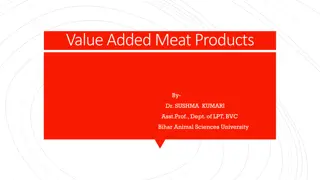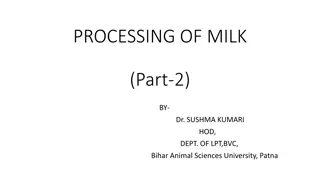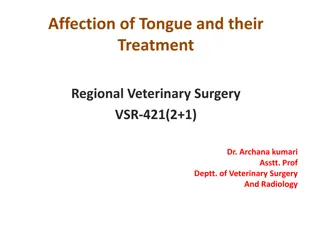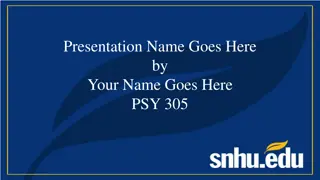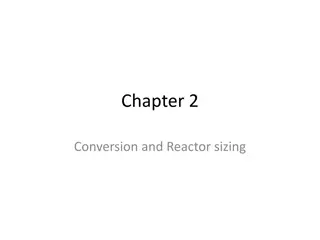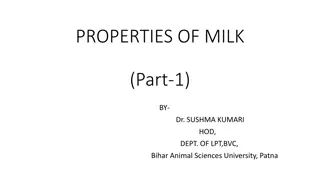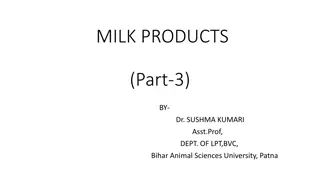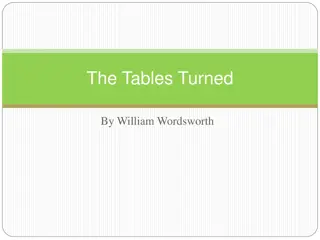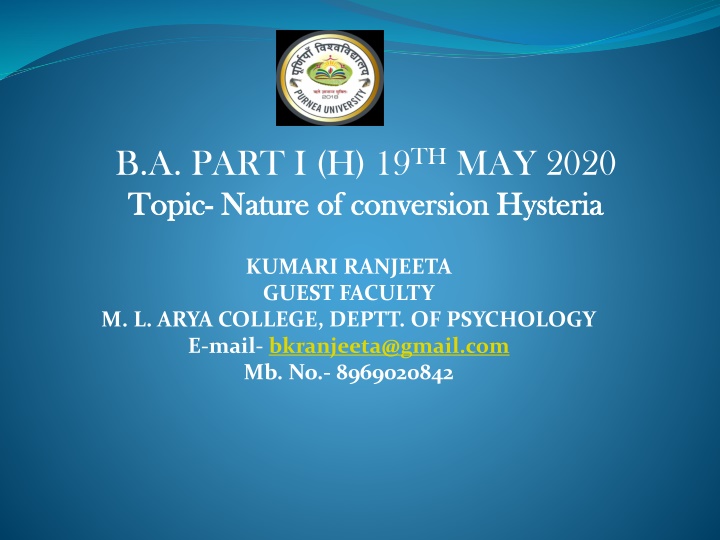
Understanding Conversion Disorder: A Psychological Perspective
Explore the nature of conversion hysteria and its historical context as a mental disorder characterized by diverse sensory, motor, and psychic symptoms, delving into its origins, demographics, and manifestations in modern clinical practice.
Download Presentation

Please find below an Image/Link to download the presentation.
The content on the website is provided AS IS for your information and personal use only. It may not be sold, licensed, or shared on other websites without obtaining consent from the author. If you encounter any issues during the download, it is possible that the publisher has removed the file from their server.
You are allowed to download the files provided on this website for personal or commercial use, subject to the condition that they are used lawfully. All files are the property of their respective owners.
The content on the website is provided AS IS for your information and personal use only. It may not be sold, licensed, or shared on other websites without obtaining consent from the author.
E N D
Presentation Transcript
B.A. PART I (H) 19TH MAY 2020 Topic Topic- - Nature Nature of conversion Hysteria of conversion Hysteria KUMARI RANJEETA GUEST FACULTY M. L. ARYA COLLEGE, DEPTT. OF PSYCHOLOGY E-mail- bkranjeeta@gmail.com Mb. No.- 8969020842
19 MAY 2020 B.A. PART I (H) PAPER III, UNIT II (SYMPTOMS DISORDER) WHAT IS CONVERSION HYSTERIA Hysteria was a term was used to characterize a number of psychological symptoms such as blindness, loss of sensation, hallucinations, suggestibility, and highly emotional behavior. It is also sometimes colloquially used to describe excessively emotional behavior. Conversion disorder, formerly called hysteria, a type of mental disorder in which a wide variety of sensory, motor, or psychic disturbances may occur. It is traditionally classified as one of the psychoneurosis and is not dependent upon any known organic or structural pathology.
19 MAY 2020 B.A. PART I (H) PAPER III, UNIT II (SYMPTOMS DISORDER) The former term, hysteria, is derived from the Greek hystera, meaning uterus, and reflects the ancient notion that hysteriawas a specifically female disorder resulting from disturbances in uterine functions. Actually, the symptoms of conversion disorder may develop in either sex and may occur in children and elderly people, although they are observed most commonly in early adult life. Conversion disorder, in its clinically pure form, seems to occur more often among the psychologically and medically naive than among sophisticated persons.
19 MAY 2020 B.A. PART I (H) PAPER III, UNIT II (SYMPTOMS DISORDER) The incidence of conversion disorder appears to be diminishing in many areas of the world, probably because of cultural factors such as increasing psychological and medical awareness among the general public. Cases of classical conversion disorder, such as those frequently described by 19th-century clinicians, have become rare. Most psychoneuroses encountered in actual clinical practice are apt to be mixed forms in which symptoms of conversion disorder may be found interspersed with other varieties of neurotic disturbances. Isolated conversion disorder symptoms may also occur in conjunction with psychotic disorders.
19 MAY 2020 B.A. PART I (H) PAPER III, UNIT II (SYMPTOMS DISORDER) The sensory and motor manifestations of conversion disorder take many forms and are designated conversion reactions because the underlying anxiety is assumed to have been converted into physical symptoms. Sensory disturbances may range from paresthesias ( peculiar sensations) through hyperesthesias (hypersensitivity) to completeanesthesias (loss of sensation). They may involve the total skin area or any fraction of it, but the disturbances generally do not follow any anatomic distribution of the nervous system.
19 MAY 2020 B.A. PART I (H) PAPER III, UNIT II (SYMPTOMS DISORDER) In medieval times in Europe and as late as the end of the 17th century, the finding of such discrete areas of anesthesia on the body of a person was considered proof that the person was a witch. Other sensory disturbances associated with conversion disorder may encompass the special senses of vision, hearing, taste, or smell; or they may involve the experiencing of severe pain for which no organic cause can be determined. Motor symptoms vary from complete paralysis to tremors, tics, contractures, or convulsions. In each instance neurological examination of the affected part of the body reveals an intact neuromuscular apparatus with normal reflexes and normal electrical activity and responses to electrical stimulation.
19 MAY 2020 B.A. PART I (H) PAPER III, UNIT II (SYMPTOMS DISORDER) Other motor disturbances that are at times associated with conversion disorder are loss of speech (aphonia), coughing, nausea, vomiting, or hiccupping. Psychic symptoms may be equally varied and are usually classified under the broad heading of dissociative reactions. Attacks of amnesia, in which the person is unable to remember who he is or anything about himself, are among the more striking of these. Sleepwalking (somnambulism) is also considered to be a dissociative reaction, as are also the occasional dramatic cases of multiple personality.







